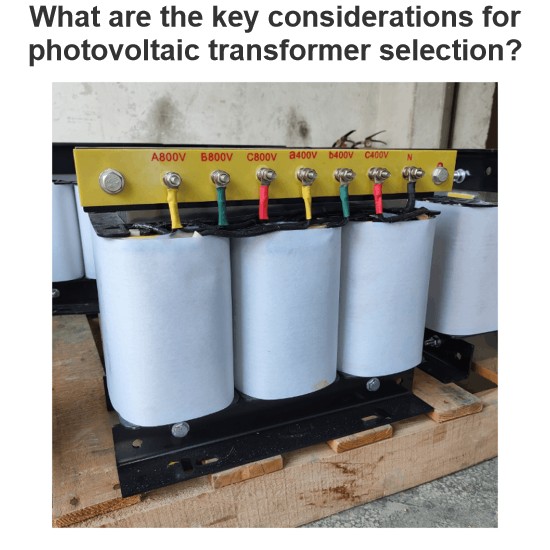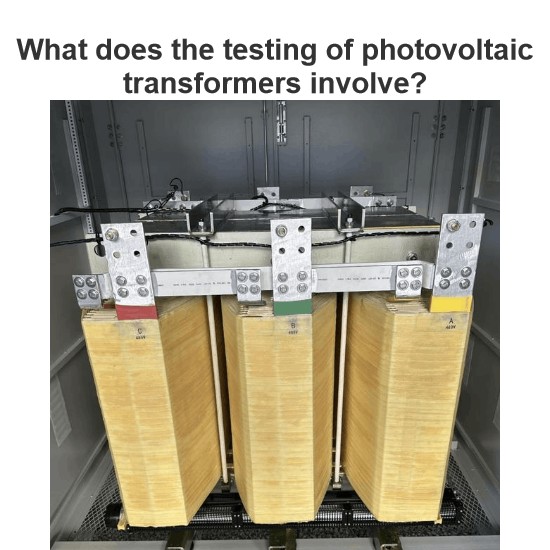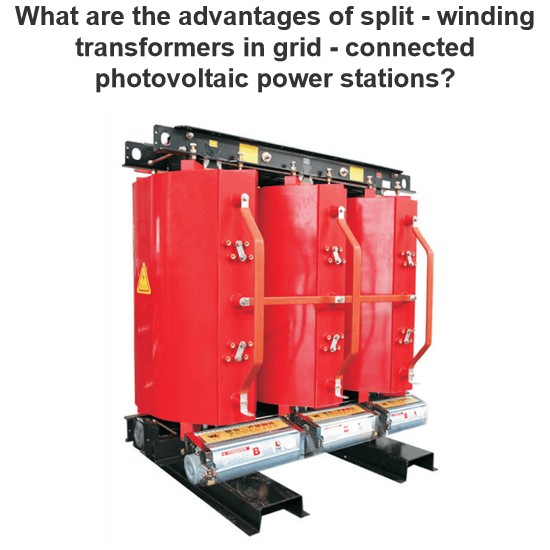What are some examples where a low voltage transformer is used?
Applications in power systems
Residential area power supply
In residential areas, the voltage introduced from the high-voltage distribution network (such as 10kV) needs to be reduced by the transformer before it can be supplied to residents. The low-voltage transformer will reduce the 10kV voltage to 380V/220V three-phase four-wire low-voltage electricity to meet the electricity demand of home lighting, electrical equipment (such as TV, refrigerator, air conditioning, etc.). This low-voltage power supply ensures the safety of residential appliances and meets the rated voltage requirements of most household appliances.
Electricity for small business premises
For small commercial places, such as small shops and restaurants on the street, low voltage transformers convert medium or high voltage electricity into low voltage electricity suitable for commercial equipment. For example, the voltage is reduced to 380V to supply three-phase electrical equipment such as air conditioning systems and refrigeration equipment, and 220V to supply single-phase electrical equipment such as lighting, cash registers, and computers to ensure the normal operation of commercial places.
Industrial applications
Local power supply inside the plant
In large factories, although the overall power supply may be high-voltage, in some local areas, such as specific equipment or work areas in the workshop, low-voltage transformers are required for power supply. For example, in the electronics manufacturing workshop, many precision electronic devices have high voltage stability and voltage values, and low-voltage transformers reduce the voltage to a suitable value (such as 24V, 12V, etc.) to provide a stable low-voltage power supply for electronic devices, automated control systems, sensors, etc., to prevent high voltage damage to these precision devices.
In the machining shop, some small power tools (such as hand-held electric drills, Angle grinders, etc.) usually use low-voltage power supplies. The low-voltage transformer converts the plant's power (e.g. 380V) to the low-voltage (e.g. 110V or less) required for these tools, increasing the safety of operation and reducing the risk of electric shock accidents.
Industrial lighting system
Lighting systems in industrial plants usually also use low-voltage transformers. Especially in some places with high safety requirements or complex lighting layout, the voltage is reduced for the power supply of lighting fixtures. For example, the use of 24V or 12V low-voltage lighting system, when the lamp leakage and other failures, due to the low voltage, can greatly reduce the risk of injury to personnel, but also conducive to the use of distributed lighting layout, convenient according to different work areas and lighting needs for flexible layout.
Applications in electronic devices
Power adapter
Most electronic devices (such as laptops, mobile phone chargers, etc.) contain low-voltage transformers or circuit components with similar functions. For example, the laptop's power adapter, which converts mains power (220V or 110V) to low-voltage direct current (such as 19V, 12V, etc.) suitable for use in the laptop's internal circuit. Mobile phone chargers also convert mains power into low-voltage direct current such as 5V or 9V to charge the phone battery and provide power to the phone's internal circuits. These low-voltage transformers or power conversion circuits play a vital role in electronic equipment, not only ensuring the normal operation of the equipment, but also improving the safety of the use of the equipment.
Audio power amplifier
In audio equipment, such as the power amplifier in the home theater system, in order to meet the working requirements of the audio power amplifier circuit, it is usually necessary to use a low-voltage transformer to convert the mains power into a suitable low-voltage alternating current, and then convert it into direct current through the rectifier, filtering and other circuits. For example, the 220V mains power is converted into dual 15V, dual 18V and other low-voltage AC power to provide power for the audio power amplifier chip or circuit to ensure that the audio signal can be accurately amplified and drive the speaker to emit sound.
Applications in the field of transportation
Automotive electrical system
The electrical system inside the car uses low-voltage transformers or voltage conversion modules. The car's battery typically provides DC voltage of 12V (for conventional fuel cars) or 48V (for some hybrid cars). However, some electronic devices inside the car (such as radios, on-board computers, sensors, etc.) may require lower voltages (such as 5V, 3.3V, etc.) to work. Low-voltage transformers or voltage conversion circuits convert 12V or 48V voltage to the low voltage required by these devices, ensuring the normal operation of various electronic devices inside the car.
Electric train auxiliary power supply system
In electric trains, in addition to the traction power supply system to provide the train with high voltage (such as DC 1500V or AC 25kV) to drive the train motor operation, the auxiliary power supply system is also needed to provide low-voltage power for other equipment on the train (such as lighting, air conditioning, broadcast system, etc.). The low voltage transformer plays a role in the auxiliary power supply system, converting the higher DC or AC voltage into the low voltage suitable for the use of these equipment (such as 380V, 220V, 110V, etc.) to meet the electricity needs of different equipment inside the train.
The Electricity Encyclopedia is dedicated to accelerating the dissemination and application of electricity knowledge and adding impetus to the development and innovation of the electricity industry.













